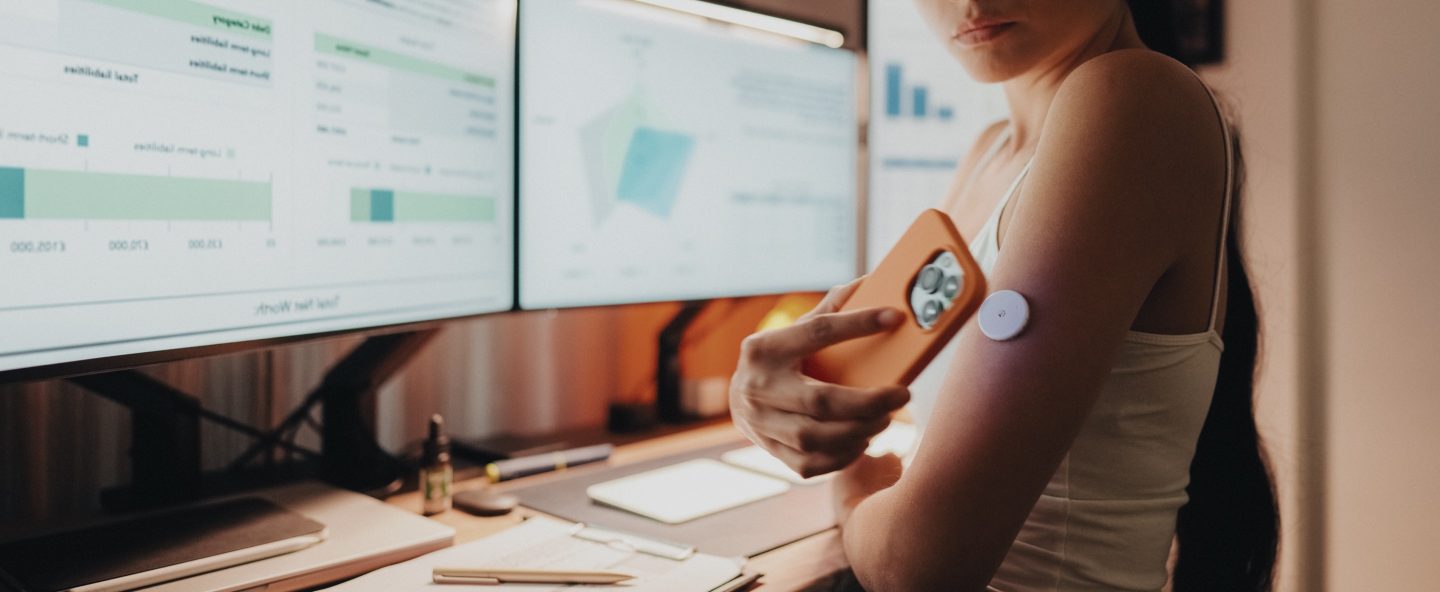Sigmon SC, Peck KR, Batchelder SR, Badger GJ, Heil SH, Higgins ST. Technology-Assisted Buprenorphine Treatment in Rural and Nonrural Settings: Two Randomized Clinical Trials. JAMA Netw. 2023;6(9):e2331910. doi:10.1001/jamanetworkopen.2023.31910
This article outlines two randomized clinical trials assessing the efficacy of Technology-assisted buprenorphine (TAB) treatment for rural and non-rural users. The trials were conducted using the same methodology, during the same timeframe. The only difference in the trial was the residence of the participants. In trial 1, all participants lived in non-rural areas; in trial 2, all participants lived in rural areas. In each trial, 50 adults meeting the criteria for Opioid use disorder (OUD) and not currently receiving opioid agonists were randomly assigned to TAB or control conditions. Participants in the TAB condition received appropriately administered buprenorphine-naloxone sublingual tablets, daily interactive voice response (IVR) check-ins, randomized requests to return to the trial site, and educational materials. Illicit opioid abstinence was measured monthly using urine analysis scheduled via random IVR calls. In addition, self-report abstinence data was collected daily from TAB users during daily monitoring IVR calls. Subjects in the control group returned to the trial site monthly to provide urine and self-reports of illicit opioid use. The TAB users displayed higher rates of illicit opioid abstinence at week four compared to control participants in both trials (p < 0.001). This separation between the TAB and control group continued to week 24 (non-rural: p = 0.01, rural: p < 0.001). At week twenty-four 76% of non-rural and 88% of rural TAB participants tested negative for illicit opioid use. Both trials show the efficacy of this novel technology-based approach for supporting buprenorphine treatment, regardless of residential distance from the treatment center.
